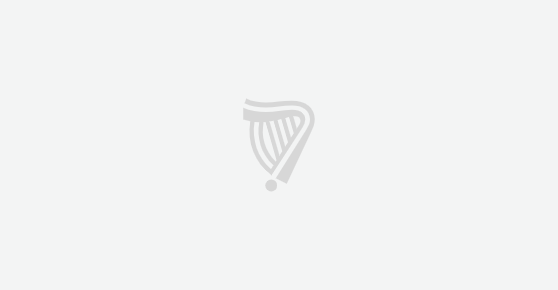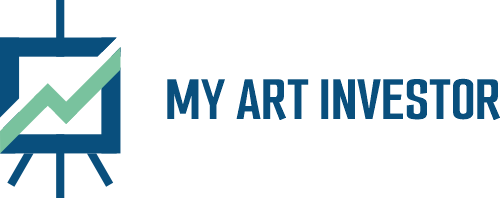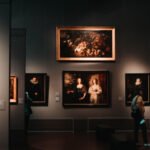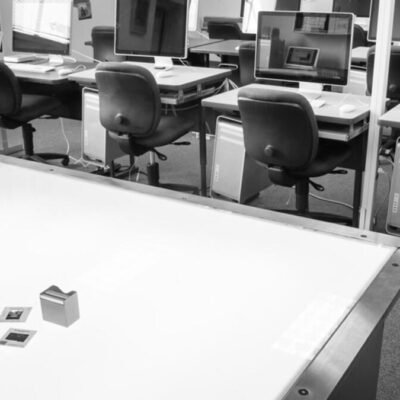
Irish art investments will never let you down
SURPRISING as it may seem today, the serious development and promotion of sales of Irish art only began 30 years ago. The first specialised auction sales took place at the James Adam salesrooms, Dublin, in the early 1970s.
Many people thought the idea was doomed to failure. Apart from popular Irish artists such as Paul Henry, Sean Keating and Maurice MacGonigal, little was known of the work of many of Ireland’s finest painters. The work of superior artists such as Jack B Yeats, William John Leech or Walter Osborne was relatively unknown to the public.
Even works by William Orpen and John Lavery were relatively unseen, although the names were known. The reason for this was that large holdings of their works were mainly in England and America, where they have been promoted and sold.
Previous promotions by Victor Waddington (of Yeats), and later his protégé Leo Smith at the Dawson Gallery in Dublin, had helped to familiarise potential collectors with the works of the best Irish artists.
Leo Smith, a sort of “circus master” of Irish art and a brilliant salesman in his time, established a coterie of well-to-do and less well-off educated patrons. His smart evening openings (where you would enjoy a G&T, champagne or whatever you were having yourself) introduced the then small circle of buyers to contemporary art and sculpture in Ireland. So apart from the work of established and older artists, new work was constantly introduced. His kindness and easy terms to less well-off buyers earned him an ever-widening clientele. Abstract art at the time was almost a non-starter.
While a Jack Yeats painting was already becoming a “trophy” possession to the cognoscenti, appreciation did not come easily with regard to his later work (now the most valuable). His early work was often looked on as merely illustrative (much of it was intended as such). Works were sold for between £30 and £500 in the early 1970s.
All was to change in 1973 when Yeats’s A Palace, a painting which formerly hung in Jammet’s famous restaurant in Nassau Street, Dublin, fetched £15,000 at auction. The media caught hold of this sensational news, and the public imagination was fired. From that time a close check was kept on ever-increasing values of work by Irish artists. While most purchasers bought for pleasure, the question of investment value became of increasing importance. The nation laboured through difficult economic times, and prices of all but the top quality works remained depressed.
It was another decade or more before the market really took off. In 1989 Dr Michael Smurfit paid £280,000 at auction for Yeats’s A Harvest Moon a record price, but for an outstanding work. At that time, we publicly predicted that a work by Yeats would fetch £1,000,000 within 10 years and it so happened. The result is that art is now considered a serious and reliable form of investment.
A depression followed in the early 1990s when the value of works by some artists dropped by more than 50 per cent. It took several years for the art market, locally and internationally, to revive. But revive it did, and since then prices have continued to rise annually. On most levels, demand today far exceeds supply. As values increase, more works are attracted on to the market.
The result of publicity and a growing demand has encouraged sales abroad, in particular in London. The cost of purchase for Irish collectors in the sterling area has become very costly, adding potentially an additional 50 per cent or more in Irish pounds. On a happier note, repatriation of Irish art into Ireland is increasing, both of works sent for sale here from the UK and the US, and purchases abroad by Irish collectors. Irish art continues to be purchased mainly by Irish collectors, whether in Ireland or abroad.
Contemporary art, both abstract and representational, is increasingly in demand. Graphic art prints, posters, photographic work is an area of interesting and worthwhile collecting. Dublin and many other cities and towns have now excellent art galleries offering contemporary and traditional art for sale. Auction sales continue apace.
So what is the lesson to be learned from all of this? The first and cardinal rule is: if you are buying for value, only buy the top quality. There is little of it, and even less available in the modern marketplace as time goes by. With increasing affluence, many modern Irish collectors simply “lock up” their purchases in private collections or on loan as tax incentive schemes. The result is the (probably permanent) exclusion from the market of a large quantity of the better works by Irish artists.
Even when one is acquiring the top quality, the subject matter of a painting is important. Purchasing art is a much more personal thing than most other acquisitions. Sentiment enters into choice and must be considered both in buying and, sometimes even more important, in re-selling. Figures put value into landscape, but portraits are generally not so popular.
The burning question is whether Irish art can continue to increase in value or at least hold its present value. We have already seen the effects of a recession on values. It is quite possible that too much is being paid now for some works and that other recessions are possible in the future.
There is little doubt, however, that with modern awareness and increased education leading to appreciation on all levels, Irish art will hold its own, particularly for Irish collectors. Increases in value are inevitable in the light of current demand buy now!
* Brian Coyle is chairman of James Adam, Dublin







No Comment! Be the first one.